WCAG 2.2: The Next Step in Digital Accessibility
Kitaboo
SEPTEMBER 19, 2022
were published in February 2008 by WCAG Samurai, a group of web developers autonomous of W3C.Web 2.0 was published by W3C on 11 December 2008 and consisted of twelve guidelines categorized under four existing principles, namely, perceivable, operable, understandable, and robust. Some extensions of the existing WCAG 1.0 and WCAG 2.0.

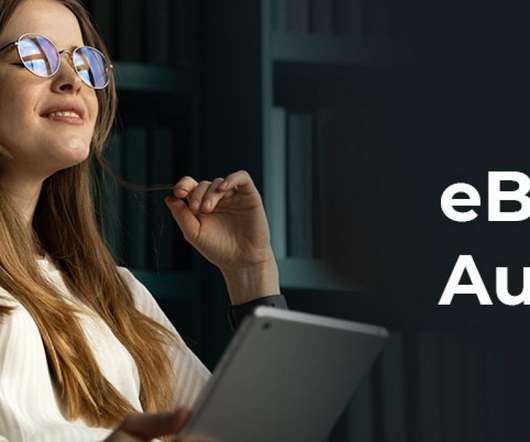






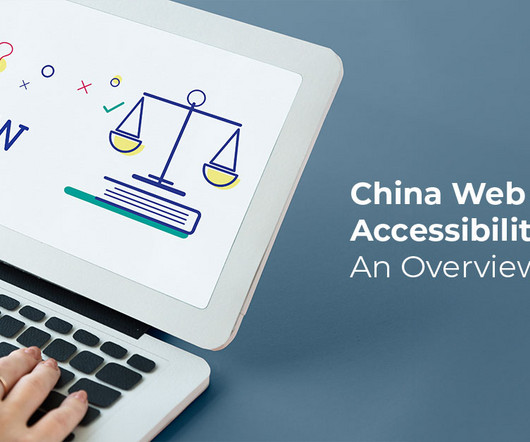
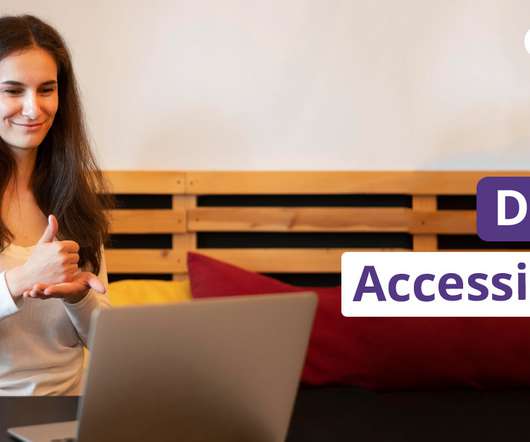
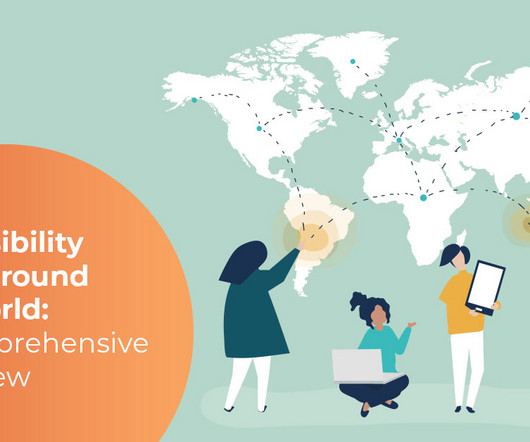


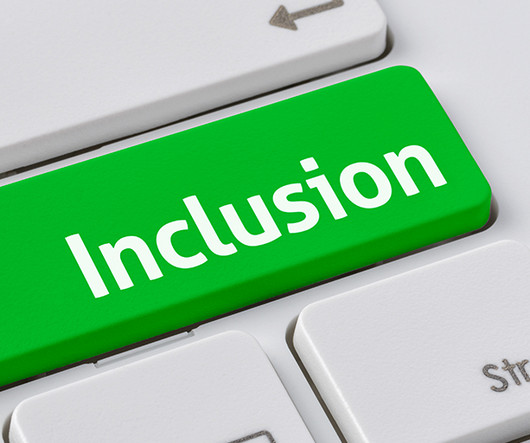










Let's personalize your content